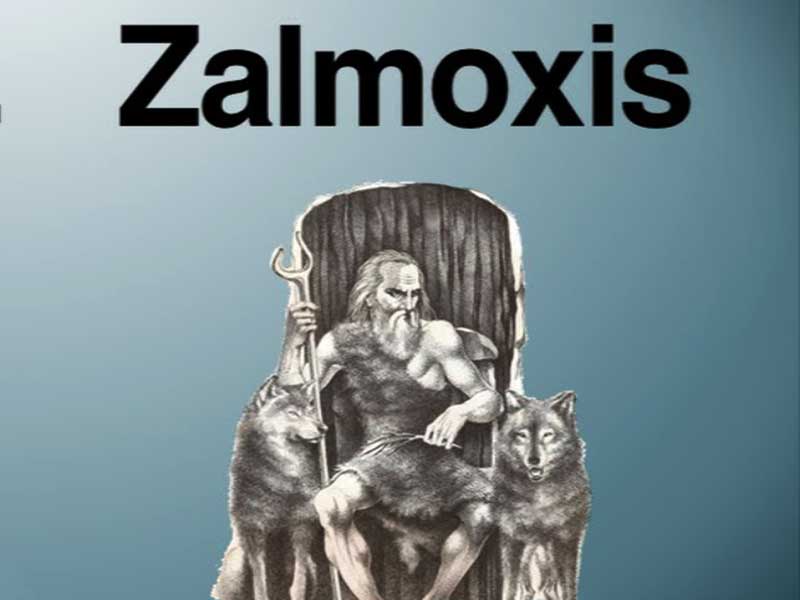Proud to introduce to you Zalmoxis: The Semi-Mythical Figure of the Thracian Dacians
ZALMOXIS
The god, also known as Salmoxis, Zamolxis, or Samolxis, was a semi-mythical social and religious reformer who was regarded as the only true God by the Thracian Dacians, also known as the Getae.
While the exact nature of the ancient figure is debated among scholars, he holds a significant place in the mythology and history of the ancient Thracian people.
Religion
He is a Christ-like figure who dies and is resurrected
God
Sky-god, a god of the dead, or a god of the Mysteries
Priest
The founder, possibly legendary, of a priestly line of succession
The Immortality of the Soul
According to Herodotus, the Getae believed in the immortality of the soul and saw death as a journey to Zalmoxis.
This belief in the afterlife and the concept of immortality was central to the religious practices of the Thracian Dacians. He was seen as the divine figure who held the key to achieving immortality.
Origins and Influence
The origins of the Dacian God are shrouded in mystery and various theories exist. According to Herodotus, he was a man who was formerly a slave or disciple of Pythagoras.
He was taught the "sciences of the skies" by Pythagoras on the island of Samos and later returned to his homeland, where he instructed the Getae about the immortality of the soul.
This connection to Pythagoras and the teachings of the Greek philosopher adds an interesting dimension to the story of the person.
Zalmoxis became a central figure in the religious beliefs of the Thracian Dacians.
He was divinized and became the object of a widespread cult among both northern and southern Thracian peoples.
His cult was associated with both priesthood and kingship, and he held a significant place in the religious and social fabric of the Thracian society.
Interpretations and Debates
The interpretations of Zalmoxis and his cult have been the subject of scholarly debate.
Some scholars have questioned whether Zalmoxis's cult was a form of monotheism or polytheism, while others have debated whether he was a god or a man, possibly a religious reformer.
The exact religious functions and significance of Zalmoxis within the Thracian Dacian society are still a matter of discussion.
Legacy and Significance
Zalmoxis holds a significant place in the mythology and history of the Thracian Dacians.
His role as a semi-mythical figure, associated with the immortality of the soul and religious reform, has left a lasting impact on the cultural and religious practices of the ancient Thracian people.
Zalmoxis continues to be a subject of interest and study, with scholars exploring his significance in the context of Thracian mythology and the broader cultural landscape of the region.
Zalmoxis summary
Zalmoxis remains a fascinating and enigmatic figure, representing the beliefs and traditions of the Thracian Dacians and their unique religious worldview.
While the exact details of his existence and influence may be debated, his legacy as a central figure in Thracian mythology and religious practices is undeniable.

Content created by:
Alex Costin
Results driven services:
Digital Marketing
Need my expertise?
Contact me
No tracking cookies!
General information purposes only!
Business partners offers (backlinks):
Search Engine Optimisation agency:
SEO
Explore this city secret guide:
Barcelona
Outdoor recreational activity:
Canyoning
Wide range of financial services:
Chartered Accountant
Copyright © 2023 Alex Costin